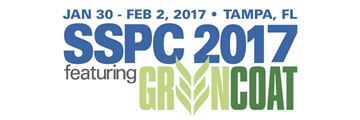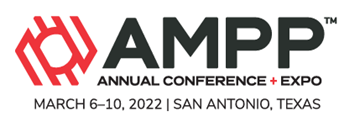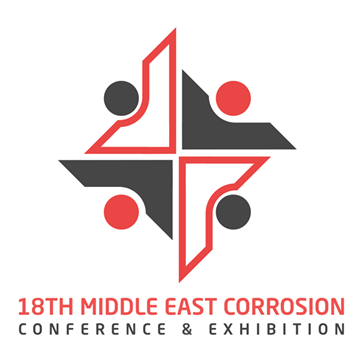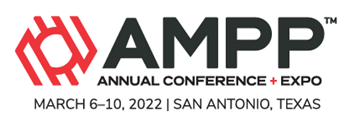Search
Individual Conference Papers
View as
Sort by
Display
per page
Introduction Into Generic Coatings In The Industrial World
Product Number:
51218-102-SG
Publication Date:
2018
$20.00
Introduction to Insulative Coatings: Application Case History
Product Number:
41213-754-SG
Publication Date:
2013
$20.00
Introduction to Zero VOC High Performance Waterborne Epoxy Systems in Industrial Protective Coating Application
Product Number:
51217-084-SG
Publication Date:
2017
$20.00
Intumescent Fireproof Coatings; Their Uses and Applications Don’t Get Burned Gambling on Success
Product Number:
41205-172-SG
Publication Date:
2005
$20.00
Investigating Alternative Mechanisms For Metal-Silicate Scale Formation: Do Metal Hydroxides Play A Role?
Product Number:
51322-17702-SG
Publication Date:
2022
$20.00
Investigating Crack Initiation and Propagation from Hard Spots In TMCP Steels Exposed to Wet Sour Environments
Product Number:
MECC23-20109-SG
Publication Date:
2023
$20.00
Investigating EMAT Dig Results for a Low Frequency ERW Seam Inspection
Product Number:
51317--9184-SG
ISBN:
9184 2017 CP
Publication Date:
2017
$20.00
Investigating Fatigue Crack Growth Rate of Ferritic Steels in High Pressure Hydrogen Gas
Product Number:
51324-20692-SG
Publication Date:
2024
$40.00
Investigating Irradiation Creep of Zircaloy-4 Using In-Situ Proton Irradiation and Transmission Electron Microscopy
Product Number:
Ed22-18344-SG
Publication Date:
2022
$20.00
Investigating Mechanical Fasteners Coatings for Corrosion Protection of Dissimilar Materials Joints
Product Number:
51323-18998-SG
Publication Date:
2023
$20.00
Investigating Oxygen Ingress in the Oil and Gas Industry
Product Number:
51324-20995-SG
Publication Date:
2024
$40.00
Investigating Specimen Preparation and Cleaning Variables Influencing the NACE TM0208-2018 Jar Test Performance
Product Number:
51322-17985-SG
Publication Date:
2022
$20.00












